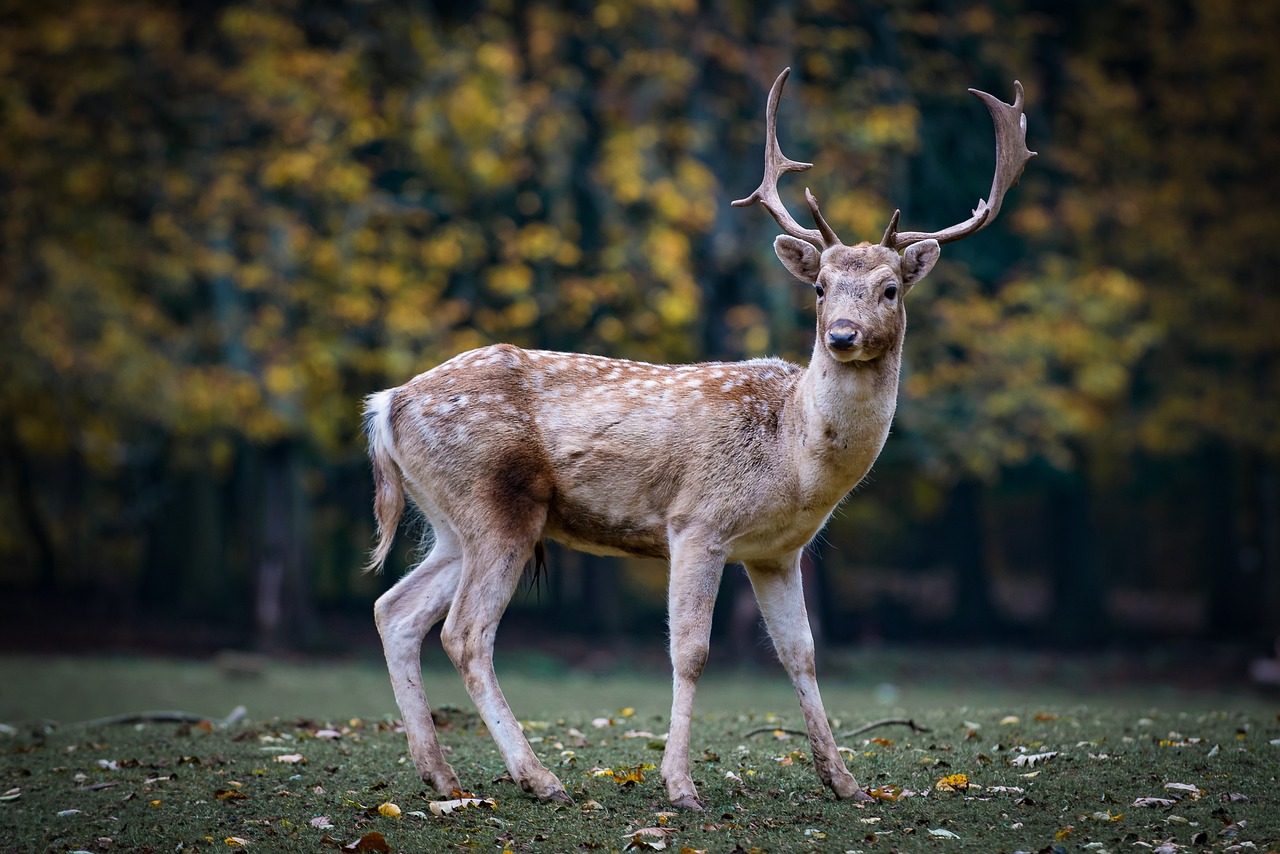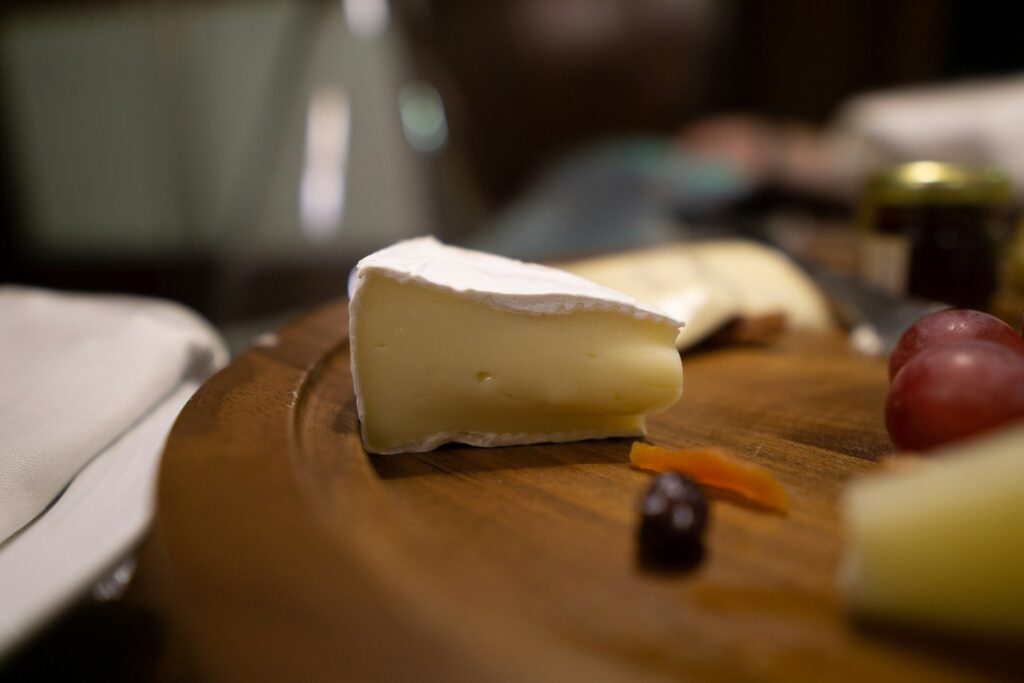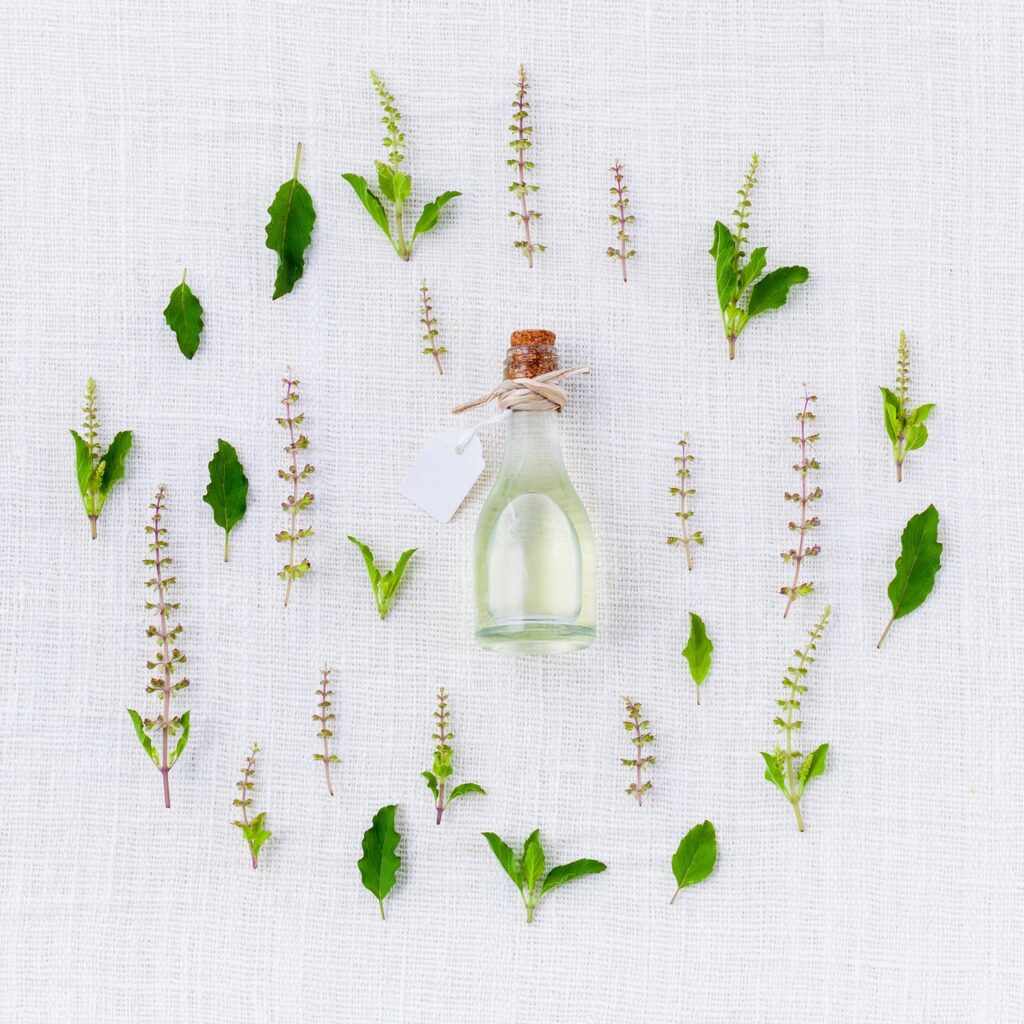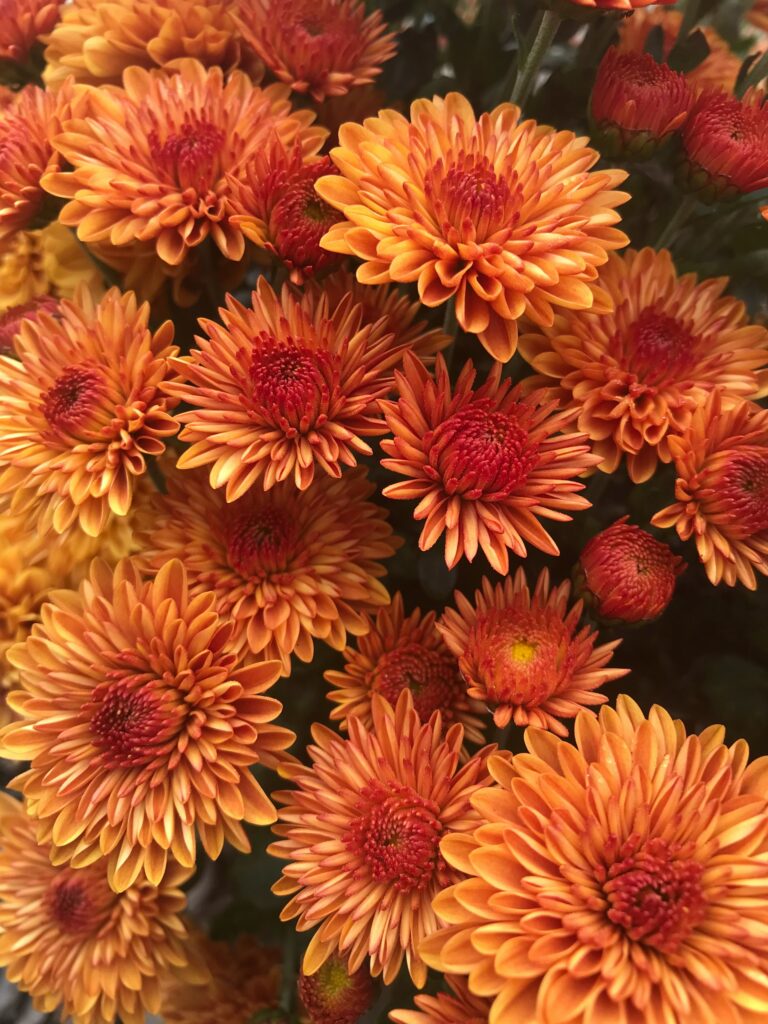
I’ve got a bit of a love-hate relationship with the local deer. On one hand, they’re absolutely majestic creatures to watch. On the other hand, they’ve got a taste for my beloved hydrangeas. If you’re in the same boat, fret not—I’m about to share my experiences and tips to keep those hydrangeas deer-resistant and thriving.
Introduction to Hydrangeas and Deer
I’ve always been smitten with the charm of hydrangeas. Their full, vibrant blooms are a sight to behold in any garden. But here’s the rub: I live smack dab in the middle of deer country. It’s like I’ve rolled out a floral welcome mat for these four-legged nibblers. The question is, can we coexist peacefully without turning my hydrangeas into deer snacks?
Are Hydrangeas Deer-Resistant?
The term “deer-resistant” can be a bit of a tease. It suggests that there’s a magical plant out there that deer will turn their noses up at every time. Well, I hate to break it to you, but that’s not quite how it works. Deer-resistant? More like deer-tolerant. You see, hydrangeas aren’t deer’s top choice, but they’re also not entirely safe from those roving appetites.
Do Deer Eat Hydrangeas?
Let me level with you: deer will absolutely eat hydrangeas if given the chance. They’re like the kid who won’t touch their veggies until there’s nothing else on the plate. When food is scarce, those hydrangeas start looking pretty darn good. But it’s not all doom and gloom! There are ways to make your hydrangeas less of a target.
How to Identify Deer Damage on Hydrangeas
Oh, deer damage is unmistakable once you’ve seen it. It’s like a bad haircut—choppy, uneven, and just plain sad. Deer tend to rip and tear at the plants rather than leaving a clean cut. I’ve woken up to this sorry sight more times than I care to count. And let me tell you, it’s a clear sign that the deer have paid a midnight visit to your garden buffet.
The Most Susceptible Hydrangea Varieties
Through trial and error, I’ve learned that some hydrangeas are more irresistible to deer than others. Bigleaf hydrangeas, with their lush, soft leaves, are like candy to them. Smooth hydrangeas don’t fare much better. These varieties might as well have a “Eat Me” sign on them as far as the deer are concerned. On the flip side, the oakleaf and panicle hydrangeas seem to get a pass more often than not. Their leaves are tougher and less appealing, making them a safer bet in a deer-populated area.
Strategies to Prevent Deer from Eating Hydrangeas
Now, let’s talk strategy. To keep your hydrangeas from becoming deer dessert, you’ve got to be cunning. Think like a deer. They’re looking for a quick, tasty meal, right? So, let’s make it challenging for them. Repellents can be your first line of defense. I’ve tried a bunch, and the key is consistency and variety. Don’t let those deer get too comfortable, or they’ll start ignoring your efforts.
Another trick is to plant your hydrangeas close to the house. Deer are skittish creatures, and if they sense human activity, they’re less likely to risk a snack. It’s not a foolproof plan, but it’s another layer of protection for your precious blooms.
Using Deer Repellent Sprays Effectively
I’ve become somewhat of a connoisseur of deer repellent sprays. The market’s full of them, each claiming to be the ultimate deer deterrent. Some work better than others, and it’s all about finding what works for your local deer. I rotate my repellents—some based on putrescent eggs, others on garlic or capsaicin. The deer get a whiff of that and think twice about taking a bite. Just remember, you’ve got to reapply these sprays regularly, especially after it rains.
Physical Barriers: Fencing and Deer Netting
Let’s get physical—barriers, that is. Sometimes, you’ve got to put up a fence to protect what’s yours. An 8-foot tall fence is no joke, and it’s usually enough to tell those deer to take a hike. But if a fence isn’t your style or it’s just not practical, deer netting is a solid plan B. It’s less intrusive and can be just as effective at keeping the deer at bay.
Cultivating Less Susceptible Hydrangea Varieties
So, we’ve talked about the hydrangeas that are like a deer’s version of a gourmet meal, but let’s not forget about the ones that tend to fly under their radar. Oakleaf and panicle hydrangeas are the unsung heroes in the deer-prone garden. They’re not just tougher for deer to chew on, but they also seem to lack the “come hither” flavor that deer love. Planting these varieties can give you a bit of a breather from the constant vigilance required with their more susceptible cousins.
Alternative Deer-Resistant Plants for Your Garden
Sometimes, the best defense is a good offense, and that’s where alternative plants come into play. You can create a botanical barrier with plants that are known to be less appealing to deer. Think about it: plants with strong scents or fuzzy leaves are like a natural repellent. Lavender, Russian sage, and even some ornamental grasses can throw deer off the scent. Plant these around your hydrangeas, and you’re adding an extra layer of protection—plus, your garden’s going to look and smell amazing.
Conclusion: Creating a Deer-Resistant Hydrangea Haven
Alright, let’s bring it all home. Gardening in deer territory can feel like you’re locked in an eternal game of cat and mouse. But it’s not all about outsmarting the deer (although, let’s be honest, that’s part of the fun). It’s about creating a garden that’s beautiful, thriving, and as deer-resistant as you can make it. With the right hydrangea varieties, a solid battle plan with repellents and barriers, and a supporting cast of deer-unfriendly plants, you can enjoy your garden without constantly worrying about those pesky deer.
Most Important Things to Remember:
- Deer-resistant doesn’t mean deer-proof. Be vigilant.
- Deer damage is easy to spot with its jagged signature.
- Certain hydrangeas are like a beacon for deer, while others are less attractive.
- Mix up your repellents to keep deer guessing and reapply after rain.
- Physical barriers can be both functional and aesthetic.
- Companion planting with deer-resistant plants adds diversity and protection.
- Stay adaptable and keep an eye on how the deer respond to your strategies.
Remember, every garden and every herd of deer is different. What works for one may not work for another. It’s about finding that sweet spot




